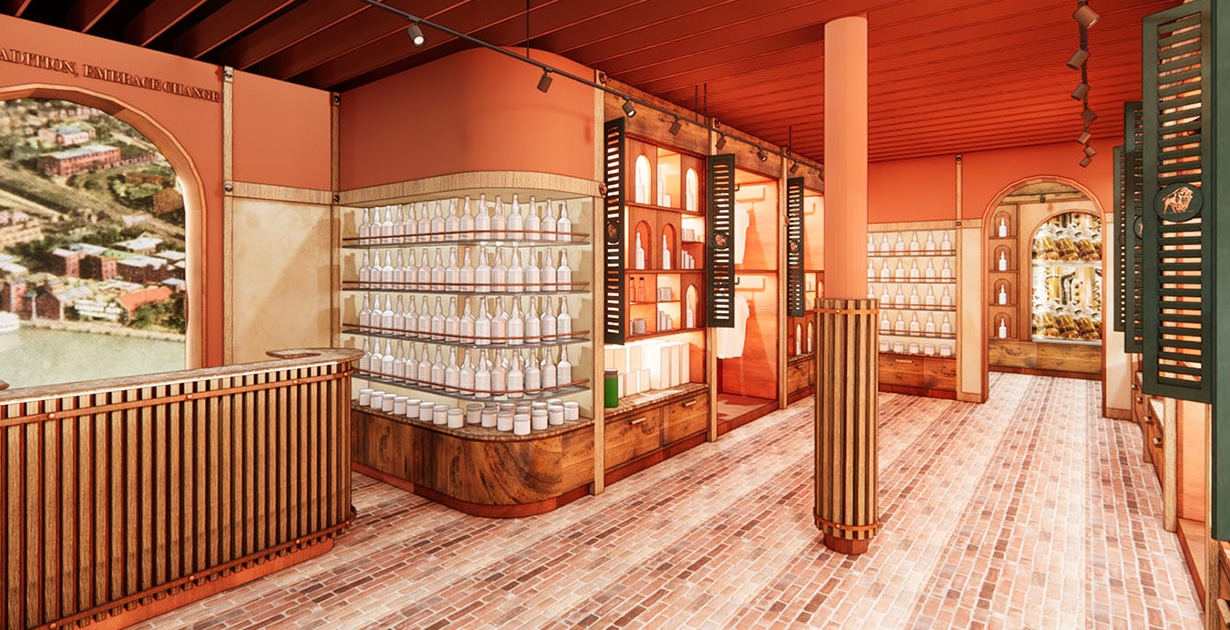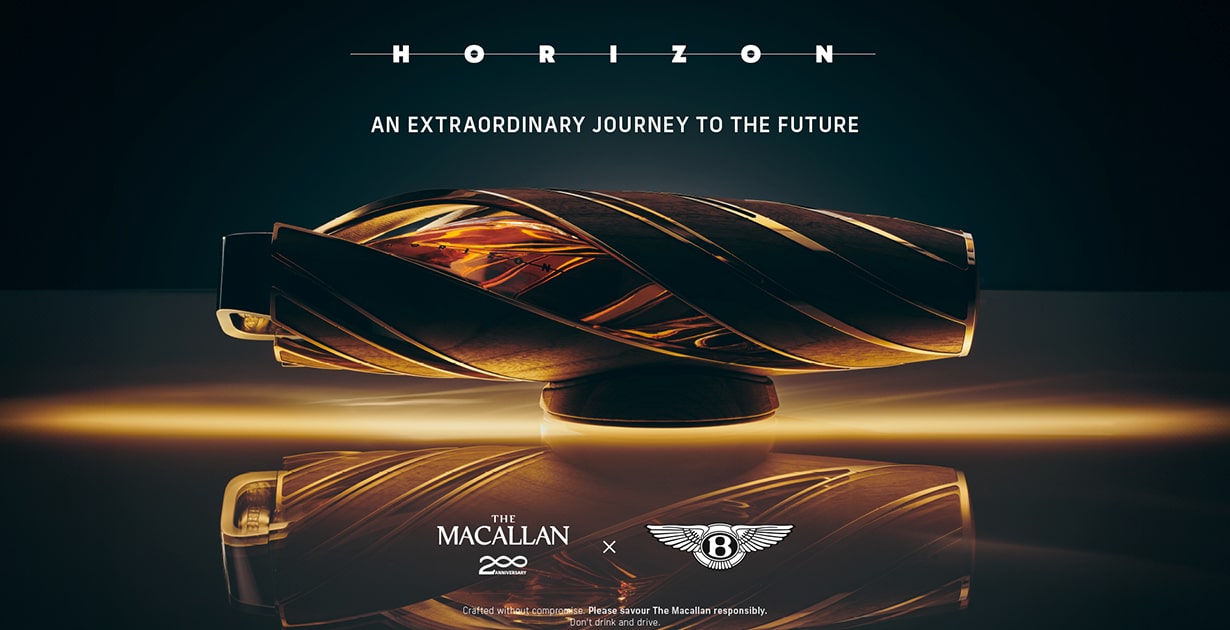


The whisky industry thrives on a unique interplay of tradition, scarcity, and emotional connection. It is a market where the product transcends its practical use, becoming a vessel for storytelling, prestige, and investment.
Understanding what drives consumers in this space is essential for anyone looking to succeed, whether as a producer, retailer, or collector.
The Power of Scarcity
Scarcity has long been one of the whisky industry’s most potent tools. Limited editions, small-batch releases, and single-cask offerings tap into the human desire for exclusivity. When consumers perceive a product as rare or fleeting, it creates urgency and elevates its status. For whisky producers and retailers, leveraging this principle is about product availability and storytelling.
The more layers to the narrative, the more compelling the product becomes. Retailers play a critical role in bringing this scarcity to life by denying allocations to new customers and can leverage sales by getting them to take additional unwanted stocks.
At the same time, whisky’s global footprint is expanding. Producers in countries like India, Taiwan, and Australia are not only creating exceptional whiskies but also challenging perceptions of what whisky can be. For established producers, this means staying competitive in a rapidly diversifying landscape.
Key takeaway: With market corrections the allocation model has faltered and makes it easier for new collectors to access stock. Retailers need to innovate as sales are not a given anymore.
Emotional Branding and Identity


Whisky is deeply tied to identity. It is not just a drink; it is a statement. For some, it is about prestige; owning a Macallan that few others can afford. For others, it is about artisanry, like savouring a hand-crafted, peated Islay whisky from a family-run distillery. Brands that tap into these emotional drivers do not just sell whisky; they sell an experience, a legacy, and a sense of belonging.
Retailers play a significant role here by creating environments that feel as premium as the product. A whisky retailer should never feel transactional; it should feel like stepping into a whisky lover’s sanctuary. Personal touches like knowledgeable staff, bespoke advice on pairing or collecting, and engaging displays can help consumers connect emotionally with the brand and its products. It might be cheaper online, but which is more likely to create a bond?
As consumer behaviours evolve, so too must whisky retail. Cask programmes and tailored subscription services are emerging as new avenues for engagement. Retailers who understand these trends and adapt their offerings will position themselves as leaders in a competitive space.
Key takeaway: Storytelling at each touchpoint is vital in an increasingly digital world.
The Role of Sensory Engagement
If you want customers to slow down and engage, the key lies in the senses. Retailers can learn, from the psychological principles of sensory marketing. Follow the “rule of 75”: maintain an ambient temperature around 75°F (24°C), play music with a tempo below 75 beats per minute, and keep noise levels around 75 decibels. This creates an atmosphere where customers feel relaxed and receptive, priming them to explore and appreciate the range of whiskies on offer.
Even subtle design choices can shape behaviour. For example, using small floor tiles in key areas creates the audible click of trolley wheels, giving customers the sensation of moving faster than they are. This instinctively encourages them to slow down, increasing dwell time near premium whisky displays or exclusive collections.
The placement of products also matters. Borrowing from supermarkets, where fresh bread is placed at the back to entice browsing, retailers can position rare or collectable whiskies in strategic locations. By encouraging customers to pass through a thoughtfully arranged selection of whiskies, retailers can create opportunities for discovery and impulse purchases.
In a competitive retail environment, where online shopping continues to grow, physical stores need to provide a memorable, sensory-rich experience. Effective visual merchandising bridges the gap, making the in-store experience compelling and immersive. By aligning design with consumer psychology, brands can drive sales, increase dwell time, and ensure their products stand out in a crowded market.
Key takeaway: Consumers need to take a step back and see how they are being influenced, and retailers can do more to drive the decision-making process.
The Price Perception
Pricing is more than just a number; it is a signal. In the world of whisky, a higher price often suggests exclusivity and quality. For premium producers, this pricing strategy can elevate their brand, especially when paired with an authentic story or a rich heritage. Meanwhile, more accessible whiskies, often positioned as “everyday indulgences,” target value-conscious consumers while still delivering quality and flavour.
Retailers can amplify these perceptions by framing pricing within the context of the customer’s journey. For collectors, a rare single cask bottling with a high price tag is not just expensive; it is an investment. For casual buyers, a well-priced blended whisky displayed with thoughtful tasting notes or food-pairing suggestions can feel like an approachable yet refined choice.
Fear of missing out (FOMO) ties into the concept of price, particularly in the secondary market. Building a series of releases has been a phenomenally successful strategy, with The Managers Dram series by The Glenturret and The Macallan’s Archival Folio series two notable examples. If you have already collected six of the seven Folios, then it is almost guaranteed the distillery and retailer will have a customer for number seven. This also helps manage forecasting and reduces the likelihood of retailer cash being tied up in unsold inventory.
Key takeaway: Consumers should always buy the first in a series, as joining later will likely require paying over the odds. Distilleries will be wise to never release just one of something.
Digital Engagement and Social Proof
Social media has transformed whisky marketing. Instagram-worthy bottle designs, behind-the-scenes distillery tours, and influencer reviews have become standard tools for brands and retailers alike. User-generated content also plays a significant role, with platforms like Whiskybase and Instagram helping to build communities around specific brands or bottlings.
Retailers can take this further by creating experiences worth sharing. Tasting events, collector’s nights, or even unique in-store setups that encourage customers to photograph their visits help extend a brand’s reach far beyond the shop floor. Positive reviews and word-of-mouth recommendations are invaluable, and whisky enthusiasts love sharing their finds with like-minded communities.


We have witnessed much of the drinks industry collaborate with celebrities across new product launches. Whisky has tended to stick in its own wheelhouse focused on collaborations with aligned luxury brands. The Macallan and Bentley, Bowmore and Aston Martin being two examples. What is needed is a more disruptive approach. If you are Gen Z, then both of these partnerships do not resonate with you. It would make more sense for those smaller distilleries to try and tap into collaborations that target younger consumers.
Key takeaway: Distilleries have no choice but to move with the digital revolution; it is the only way they will maintain and grow their customer base. Bluntly, their old customers will pass on.
Building Loyalty Through Transparency
Today’s consumers are more discerning than ever. They demand transparency and authenticity from the brands they support. For whisky producers, this means emphasising provenance, sustainable practices, and traditional methods of production. Retailers can align with these values by offering curated selections that highlight ethical and sustainable producers, creating trust with their customers.
Recently, some producers have been less transparent about what liquids are in their bottles, which is a missed opportunity. Firstly, it erodes trust if the producer is not being upfront, then why? Secondly, it provides an opportunity for education. Lead the consumer on a journey, helping them understand why the bottle commands the price. Thirdly, how is the retailer going to sell the product? The salesperson has no other tools than the aesthetic of the bottle and the price to help them navigate the selling process.
If a whisky is a limited edition, then what quantity of bottles have been produced? There is a need to treat the consumer with a bit more respect and not use semantics to over-emphasise the finite nature of a new release.
Key takeaway: Honesty is the best policy, and distilleries cannot solely rely on the power of their brand to guarantee sales.
Conclusion On Consumer Behaviour
Consumer behaviour in the whisky industry is driven by a blend of tradition, aspiration, and emotional connection. From the way retailers design their spaces to how producers tell their stories, every detail influences the customer’s journey.
By understanding and leveraging principles of consumer psychology, scarcity, sensory engagement, and social proof, brands and retailers can create experiences that resonate deeply. For collectors and enthusiasts alike, the magic of whisky lies in its ability to tell a story, and every bottle is an invitation to be part of it.
There is a requirement, and quickly, to adapt and get on the front foot to consolidate the existing customer base and evolve to appeal to a new one. Whether you are a distillery, retailer, or collector, if you want the ultimate playbook on how to navigate this new world, then please contact me at [email protected].







